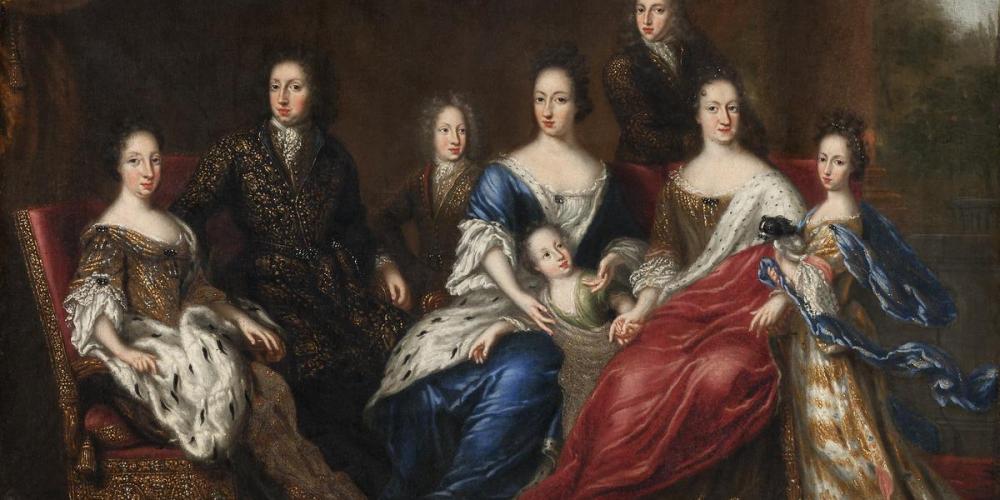
Marrying Cultures: Queens Consort and European Identities 1500-1800
This project began with the observation that in the period from 1500 to 1800 kings and princes, when they married, usually for political and dynastic reasons, took a consort from another territory. These foreign brides often spoke a different language to that of her spouse and her new subjects, practiced a different religion and had been brought up with different cultural norms. In this way each such dynastic marriage brought about a meeting of two European cultures.
This project had two aims:
- Uncover the origins of our modern European identities, by better understanding the deep and ongoing cultural connections between the various centres of dynastic Europe between the sixteenth and the eighteenth centuries.
- Show the role that elite women, often left out of the historical record, played in creating these important connections.
Two strategies were adopted in designing this project:
- Individual team members chose specific contrasting case studies from across Europe to be investigated by means of detailed archival and library research.
- Colleagues in historic houses, museums, art galleries and libraries were brought into the project as partners to consider properly both the material objects stored in these institutions brought by foreign consorts and to question the way in which history is conveyed to the present-day public.
The project asked the following questions:
- What is meant by ‘cultural transfer’?
- Were consorts agents of cultural influence, were they instruments used by others – for instance, by their home court – or did their presence make them simply catalysts?
- What were the areas in which a consort was able to make a cultural contribution and why?
- What kinds of cultural synthesis and reciprocal cultural influence resulted from dynastic unions?
- What kinds of cultural, linguistic and confessional negotiations had to be undertaken by a consort at a foreign court?
- What transnational networks of reciprocal influence are revealed by investigating modes of communication and inheritance among dynastic women?
- What are the lasting effects of these early modern cultural encounters?
Prof. Helen Watanabe O'Kelly
Project Leader
University of Oxford
United Kingdom
Project Partners
Prof. Helen Watanabe O'Kelly
Project Leader
University of Oxford
United Kingdom
Dr Jill Bepler
Herzog August Bibliothek
Germany
Prof. Svante Norrhem
Lund University
Sweden
Dr Almut Bues
German Historical Institute
Poland
Associate Partners
Julius Bryant
Victoria and Albert Museum
United Kingdom
Dr Malin Grundberg
Livrustkammaren (The Royal Armoury)
Sweden
Prof Igor Ka ̨kolewski
The Museum of Polish History
Poland
Dr Catharine Macleod
National Portrait Gallery
United Kingdom
Dr Joanna Marschner
HRP
United Kingdom